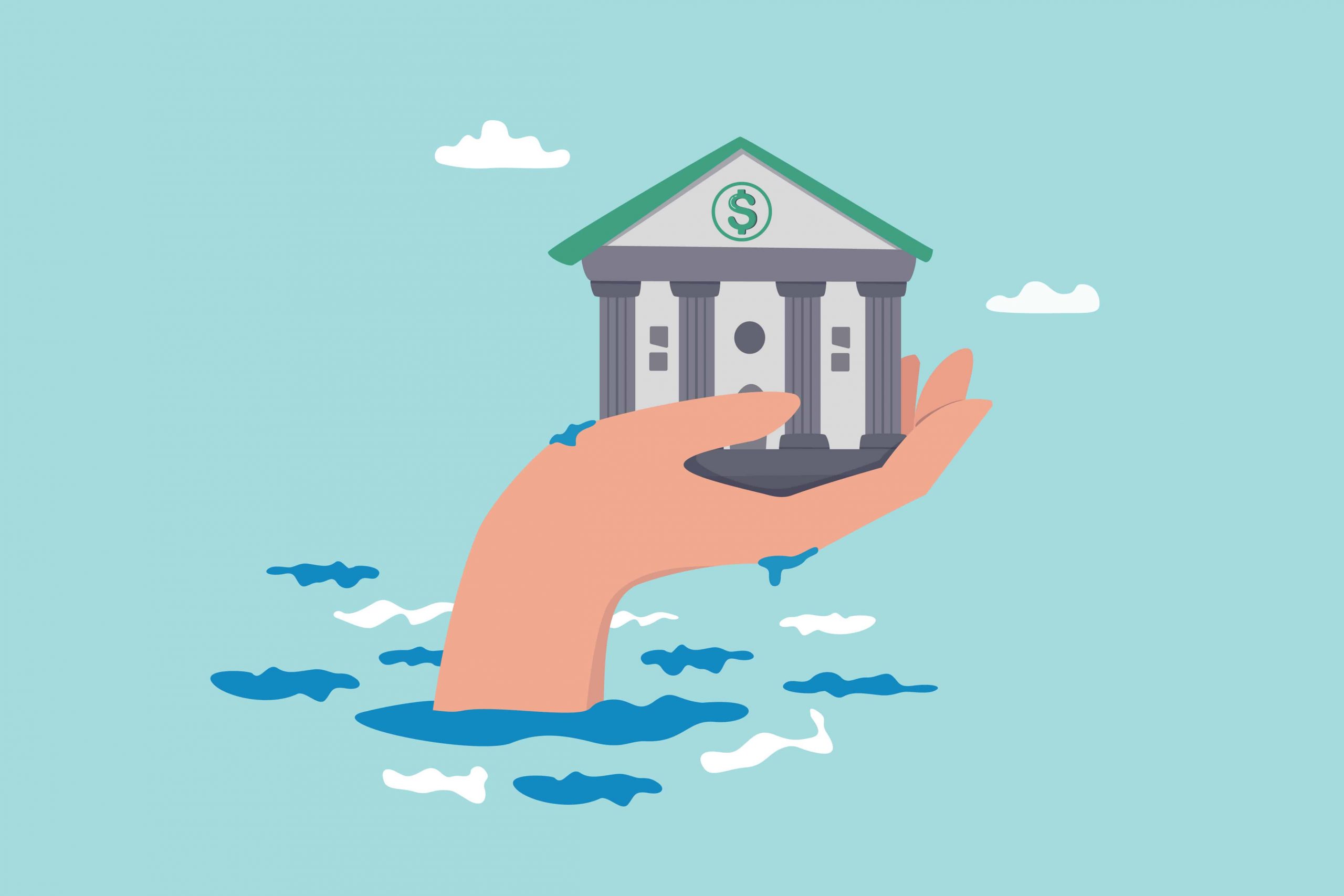Do you struggle financially and feel like you cannot find anyone to help you out? Well, you are in luck. The federal government can help you through assistance programs! These programs receive funds from the government for state and local governments to manage. The aim of these programs is to help those who are less fortunate. If you are trying to keep your head above water, then it wouldn’t hurt to look into these federal assistance programs. However, you should know that each federal program helps a particular group of people or fulfills a specific need. This is why you should do your research to find the right federal program for you!
Opportunities from the Federal Government
If you want more information and want to do more research on these programs, then federal resources like Benefits.gov are your best shot! You can use the Benefits Finder tool, where you complete a survey with personal details about your life. This federal website is a great resource since it offers information on more than 1,000 different programs. If you plan on using the Benefits Finder Tool, you will need to be ready to provide some information. That would include how much you earn, how many people are currently living with you, and more. However, this tool does not guarantee that the program can actually offer support. The only way to be 100% sure that you will benefit is by applying to the actual program. If you want an overview of different programs from the federal government, then you can start with these programs:
- Medicaid
- Education Grants
- Supplemental Nutrition Assistance Program (SNAP)
- Housing Choice Voucher Program (Section 8)
- Weatherization Assistance Program (WAP)
- Temporary Assistance for Needy Families (TANF)
Medicaid
To apply for this public health insurance program, you should start with the Health Insurance Marketplace or contact the state’s Medicaid agency. However, you should probably know what Medicaid is first. Medicaid is an insurance assistance program that offers health coverage to those who qualify, which includes those with limited income. In terms of how it works, each state has its own version of Medicaid, but each program needs to follow federal guidelines! Did you know that both the federal and state governments fund the program? That’s right. Medicaid is actually a joint effort to improve healthcare for Americans across the United States.
Education Grants
Thinking about going for a higher education degree? You can always look into federal educational grants. Every educational grant comes with its own set of requirements. However, the main similarity is that these grants typically do not require you to pay them off. These grants offer coverage for educational costs. If you are wondering how to apply for this educational “gift,” then you should probably ask your school’s financial aid office. Instead of doing your own research, your school’s financial aid office can tell you about every educational grant that is available for you. However, they will probably tell you to start by submitting the Free Application for Federal Student Aid (FAFSA). Some educational grants to consider would be:
- Teacher Education Assistance for College and Higher Education (TEACH) Grants
- Pell Grants
- Iraq and Afghanistan Service Grants
- Federal Supplemental Educational Opportunity Grants (FSEOG)
Supplemental Nutrition Assistance Program (SNAP)
Another necessity is food, but you probably knew that already! SNAP is a food assistance program that provides recipients with monthly funds. Want more information? Ask your local SNAP office. Luckily, there is a state directory that can guide you to your local SNAP office. When you get more information, you will find that the amount of benefits works on a case-by-case basis. The program focuses on several factors depending on the state because each state has its own version of SNAP. Generally, you will find that conditions that affect your benefit amount are your earnings, the number of people living in your home, and so on. However, there is a set maximum amount per household member that most participating states follow!
Housing Choice Voucher Program (or Section 8)
This program is an affordable housing program that offers housing vouchers to use towards rent instead of providing direct housing. If you want to apply for these vouchers, then you should contact your local PHA or your local HUD Field Office. It might be confusing as to why your local PHA is responsible for your application, so let’s back up a step. The United States Department of Housing and Urban Development (HUD) is responsible for this program, but local Public Housing Authorities (PHAs) manage and administer it. The best part is that you can choose the property that you want to move into. However, as tempting as it sounds, it isn’t that simple. The properties need to accept these kinds of vouchers as payment and meet specific housing standards.
Weatherization Assistance Program (WAP)
A good place to start is with your state’s weatherization agency to apply for this assistance option. However, the Department of Energy (DoE) is responsible for this program on a federal level. Now, how does this program work? Well, WAP helps lower energy expenses by making homes more energy efficient. If you are wondering how that can help your utility bills, then we’re here to tell you. More energy-efficient homes decrease energy consumption, which means that you won’t need to pay as much!
Temporary Assistance for Needy Families (TANF)
To know more about this program, you should contact your local TANF office, especially since each state differs from one another in management. This program works on helping people with kids and low income reach economic independence. How can the program do that? Well, it’s easy to explain, and we’re here to tell you! The program offers states and territories funds to provide cash support and supportive services to those who need them.
Overall
As we mentioned above, there is help out there! Now that you know there is help out there, you can start exploring your options to help you and your family out of this tight financial spot. Whether you do the research on your own or use Benefits.gov for assistance, help is available. You can start by looking through several programs like SNAP for food assistance, Section 8 for housing assistance, and more!



